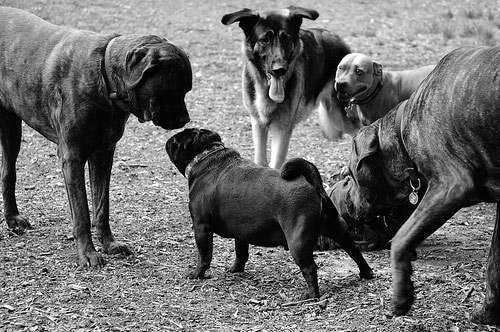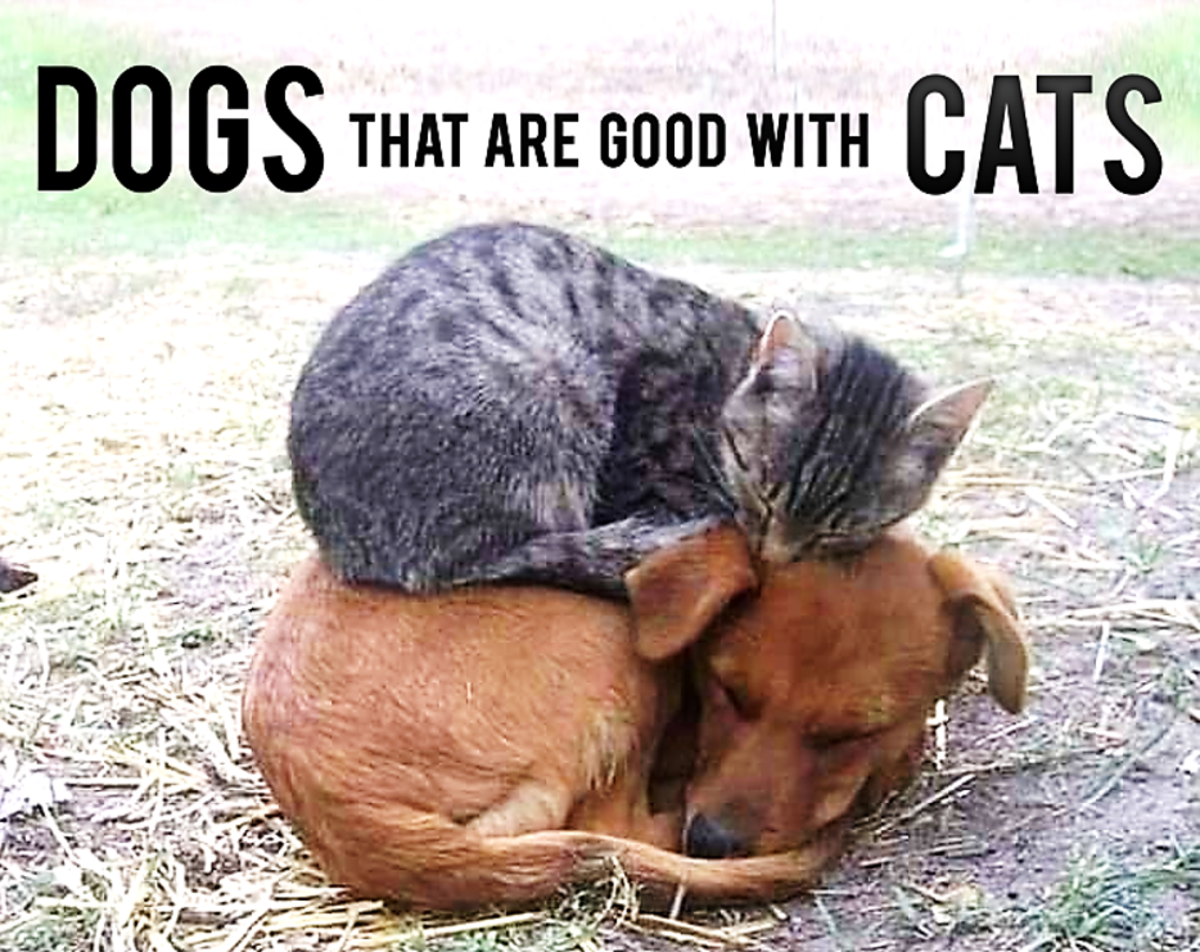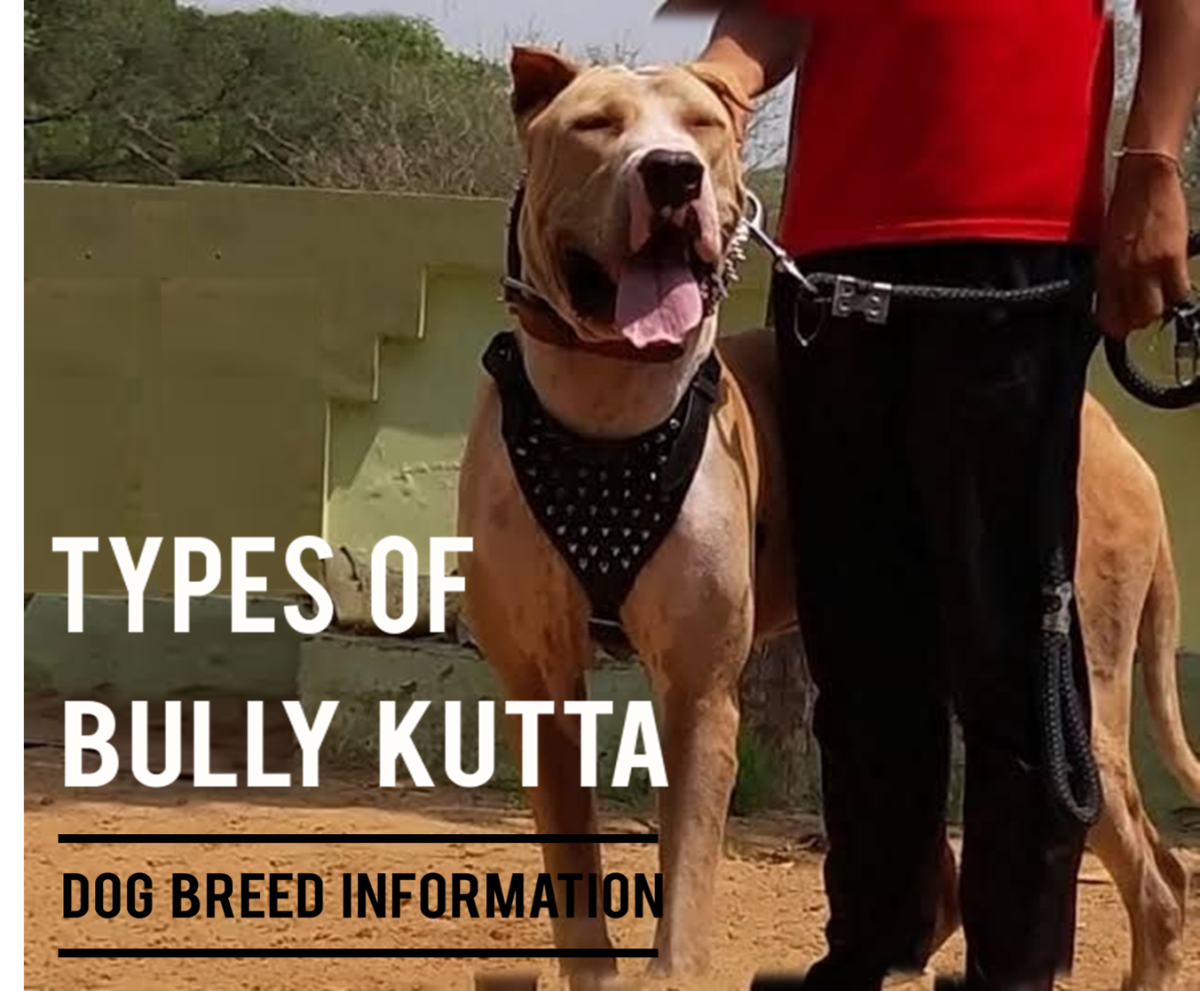Introducing a New Dog to Children and Other Pets
Bringing Home a New Dog
When you bring home a new dog, you want to make sure that the initial introductions go smoothly, or at least as smoothly as possible. When you live in a home without any other pets or children, bringing home a new dog isn't going to have as many potential complications as if you have children or other pets, which is why the initial introduction is taken seriously. You don't want to swarm a new dog with tons of new things all at once.
If you have children and/or other pets, then it's a good idea that before bringing home a new dog, you have some interactions at the shelter or foster parent's house. Make sure that it's ok so that you can see if the new dog will get along with your children and that your children like the dog; see if the new dog and your current dog get along.
It will save you a lot of headache if you introduce your children or current pets to the dog you're thinking about adding to your home before you actually bring the dog home. If there is an immediate aggression or dominance between the new dog and your current pets or children, then it's just not a good idea to attempt to bring the dog home unless you are a experienced at training aggressive and dominant dogs.
Even if the prior meeting goes off smoothly, it's still important that your introductions at home are smooth and that you don't take for granted the fact that everyone got along before. Be careful and alert. Slower introductions are better than quickly forced ones.

Introducing a New Dog to Your Kids
Depending on the age of the children, you'll find that proper introductions will vary. Younger children and babies will need a slower and more careful introduction, especially if you are bringing home a adult dog. Adult dogs, whether a young or older dog, are better for homes with younger children, as adult dogs are calmer and typically more forgiving to younger children than a puppy would be.
When introducing a new dog to your children, you'll want to make sure that the children stay as calm as they can be, as if the children are all over the new dog, he may get nervous. Let the dog settle in. Walk the dog around the house (on leash) and yard so that he can see him new home. Let the dog come up to the children and sniff them.
Even though they're going to be excited about the new dog, the dog really needs to warm up to the children on his own time because a new dog can easily get overwhelmed if he is swarmed as soon as he comes home.
The children may want to have small treats so that the dog knows that they're not going to hurt him and that they're friendly and want to be friends. The dog may be used to children in the past, but he may not be used to your children in your home.
It's best to keep the dog on leash for the for hour or so until you think that the dog is comfortable with the new surroundings and children. You still do not want to leave the dog with the children (no matter what age) unsupervised.
If you are really trying to find information about introducing a new baby to your existing dog, you may want to check out the tips and information here: How to Introduce a Dog to a New Baby
Introducing a New Dog to Other Pets
When bringing home a new dog to a home with other dogs or pets, you want ot be extra careful. You want to make sure that the first introduction goes smoothly because in a lot of cases, the first introduction can set the mood for further interactions. It is important that you have realistic expectations about the first introduction of the new dog to the current pets in the house.
You want to be very alert and watchful because in many cases, one pet will give a play signal, which may be misinterpreted by the other pet. Misinterpretation of signals can cause a disagreement between the pets.
When first introducing the new dog with an existing dog, it's a good idea to introduce them on a neutral territory. If your current inside dog isn't used to going in the front yard, make the front yard the first introductions, keeping both dogs on leash. Let them sniff each other. Keep it simple and do not try to get overly excited with the whole situation.
When introducing the new dog to other pets that may be in the house, such as cats or other free-roaming pets (skunks, etc.) You'll want to put the current pet in a room and shut the door. Consider a bathroom or bedroom. Let the animals sniff each other from under the door. And make slow introductions from there.
Tips to introducing a new dog to other pets:
- Having the current pet behind a door, feed the new dog on one side of the door, and the current pet behind the door. This will help the pets associate the other with something enjoyable- eating. Gradually moving the bowls closer to the door until the pets can both eat comfortably. At this point, try propping the door open, but make it so that neither can get to the other side of the door, and start the slow process all over again. Do not rush the process, and do not consider this process if you know that one of the pets is food aggressive.
- Swap one pet's blanket or toy with the other so that the pets can get used to the other's scent. Some people say it's a good idea to put the existing pet's blanket under the new dog's food bowl, and vice versa so that, again, they can associate the other pet's smell with something good.
- After confining the existing pet, try switching sides so that the existing pet gets the rest of the house and the new dog gets the room that the pet was in. The smells will be there and the pets can further get used to the smell of the other pet.
- A place of neutral meeting is also a good thing to consider as neither pet will have the urge or want to try to be territorial of the area.
If you notice any sign of fear or aggression between either pet, then you'll want to separate and take things a step backward.
ALWAYS use positive reinforcement when introducing a new dog to yoru current pets. Include toys, treats, and praise when at all possible.






